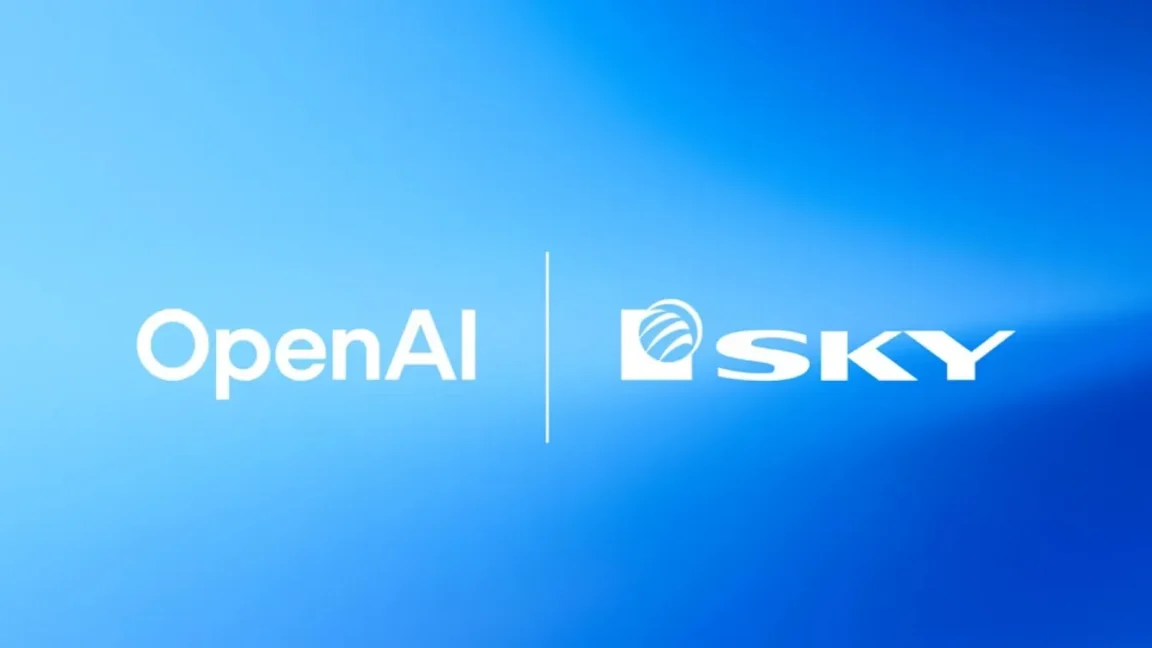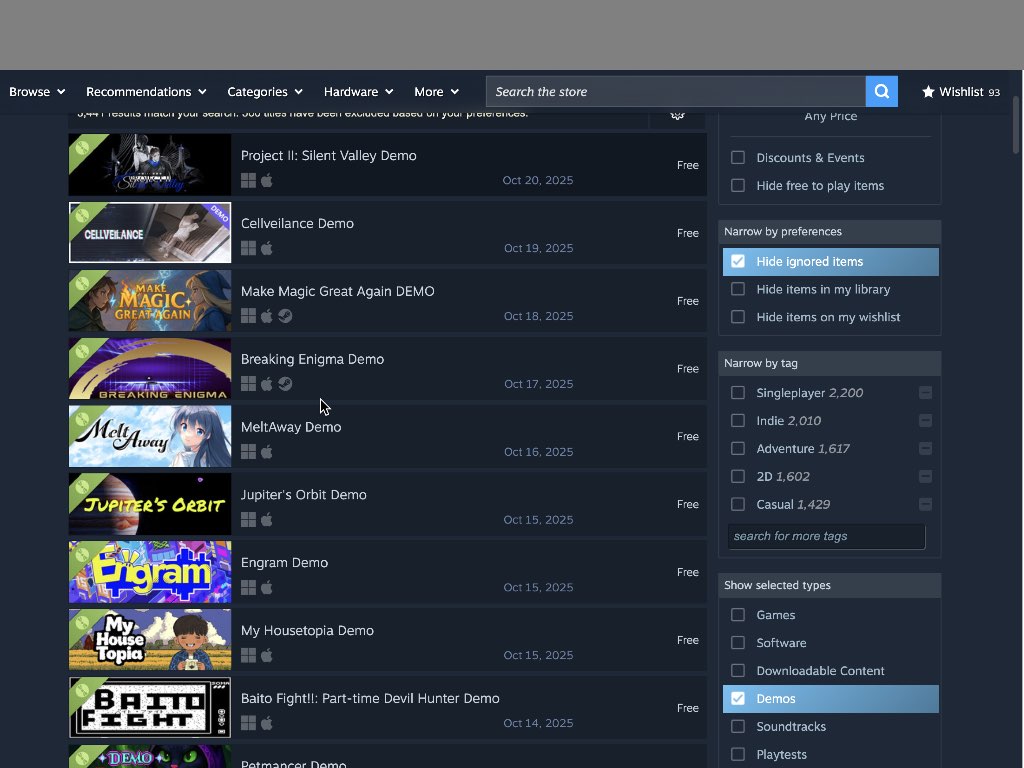Introduction to Lightricks and LTX-2
Lightricks is upping the ante for rapid video creation and iteration with its latest artificial intelligence model. The company claims its newly released LTX-2 foundation model can generate new content faster than playback speed, plus it raises the bar in resolution and quality. The open-source LTX-2 can generate a stylised, high-definition, six-second video in just five seconds without compromising on quality, enabling creators to pump out professional content much faster than previously.
Key Features of LTX-2
It’s an impressive achievement, but it’s not the only parameter that sets LTX-2 apart from others. It combines native audio and video synthesis with open-source transparency, and if users are willing to wait just a few seconds longer, they can enhance their outputs to 4K resolution at up to 48 frames per second, the company says. Even better, creators can run the software on consumer-grade GPUs, dramatically reducing their compute costs.
Diffusion Models Come of Age
LTX-2 is what’s known as a diffusion model, which works by incrementally adding “noise” to generated content and then reducing that noise until the output resembles the video assets the model has been trained on. With LTX-2, Lightricks has accelerated the diffusion process, so creators can iterate on their ideas by outputting live previews almost instantaneously. The model is also capable of generating accompanying audio at the same time – be it a soundtrack, dialogue or ambient sound effects – dramatically accelerating creative workflows.
Enhanced Capabilities and Access Options
That’s a big deal, as before, creators would have had to conjure up any audio separately from the video, then spend time stitching it together and making sure there’s perfect synchronisation. Google’s Veo models have been celebrated for their powerful integration of synced sound generation, so these new capabilities in LTX serve to reinforce the idea that Lightricks’ tech is on par with the bleeding edge. When it comes to access options, Lightricks still offers creators plenty of flexibility with LTX-2. The company’s flagship LTX Studio platform is aimed at professionals, who, in some cases, are willing to sacrifice some speed to create videos at the highest quality.
A Major Milestone for Lightricks
With LTX-2, Lightricks is demonstrating it’s at the cutting edge of AI video generation, with the platform coming on the back of a number of industry firsts in previous LTXV models. In July, the company’s family of LTXV models, including LTXV-2B and LTXV-13B, became the first to support long-form video generation, which followed an update extending output to up to 60 seconds. With this, AI video production became “truly directed,” with users able to start with an initial prompt, and add further prompts in real-time as video was being streamed live.
Innovative Billing Models
Like those earlier models, LTX-2 will be released under an open-source licence, making it a viable alternative to Alibaba’s Wan2 series of models. Lightricks has stressed that it’s truly open-source, as opposed to just “open access,” which means that its pre-trained weights, datasets, and all tooling will be available on GitHub, alongside the model itself. LTX-2 is available to users in LTX Studio and through its API as of now, with the open-source version due to be released in November.
Conclusion
Lightricks co-founder and Chief Executive Zeev Farbman believes that LTX-2’s enhanced capabilities illustrate the extent to which diffusion models are finally coming of age. He said in a statement that LTX-2 is: “The most complete and comprehensive creative AI engine we’ve ever built, combining synchronised audio and video, 4K fidelity, flexible workflows, and radical efficiency.” With LTX-2, Lightricks is set to revolutionize the video creation industry, offering creators unparalleled speed, quality, and flexibility.
FAQs
Q: What is LTX-2 and how does it work?
A: LTX-2 is a diffusion model that generates video content by incrementally adding “noise” to the output and then reducing that noise until the output resembles the video assets the model has been trained on.
Q: What are the key features of LTX-2?
A: LTX-2 combines native audio and video synthesis with open-source transparency, and can generate high-definition videos in just five seconds without compromising on quality.
Q: Is LTX-2 available for use now?
A: Yes, LTX-2 is available to users in LTX Studio and through its API as of now, with the open-source version due to be released in November.
Q: How much does LTX-2 cost to use?
A: Lightricks offers flexible pricing for LTX-2, with costs starting at just $0.04 per second for a version that generates HD videos in just five seconds.
Q: What are the benefits of using LTX-2?
A: LTX-2 offers creators unparalleled speed, quality, and flexibility, making it an ideal choice for professionals and individuals looking to generate high-quality video content quickly and efficiently.










